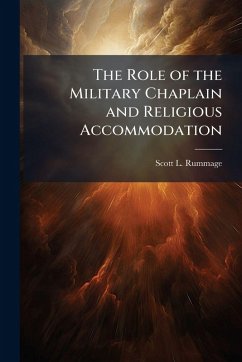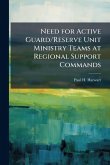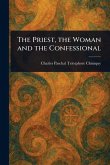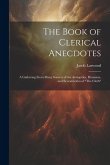The United States of America has often been called a "melting pot" of international cultures. The United States military, consequently, has also become increasingly pluralistic, due to the country's diverse population. The constantly changing nature of the military population presents unique challenges to today's commander, especially in the area of religious accommodation. As the commander's chief advisor on religious programming and accommodation issues, the ministry of the military chaplain resembles a minefield, full of threatening and conflicting viewpoints. The purpose of this paper is to look at the chaplain's historical role in the military, the challenges the chaplaincy must face today, and the current battles that present "life threatening" dangers for military chaplaincy. Finally, a proposed solution to this deadly minefield will be offered in order to preserve the role of the Chaplaincy and its legacy in the United States military. This work has been selected by scholars as being culturally important, and is part of the knowledge base of civilization as we know it. This work was reproduced from the original artifact, and remains as true to the original work as possible. Therefore, you will see the original copyright references, library stamps (as most of these works have been housed in our most important libraries around the world), and other notations in the work. This work is in the public domain in the United States of America, and possibly other nations. Within the United States, you may freely copy and distribute this work, as no entity (individual or corporate) has a copyright on the body of the work. As a reproduction of a historical artifact, this work may contain missing or blurred pages, poor pictures, errant marks, etc. Scholars believe, and we concur, that this work is important enough to be preserved, reproduced, and made generally available to the public. We appreciate your support of the preservation process, and thank you for being an important part of keeping this knowledge alive and relevant.
Bitte wählen Sie Ihr Anliegen aus.
Rechnungen
Retourenschein anfordern
Bestellstatus
Storno








